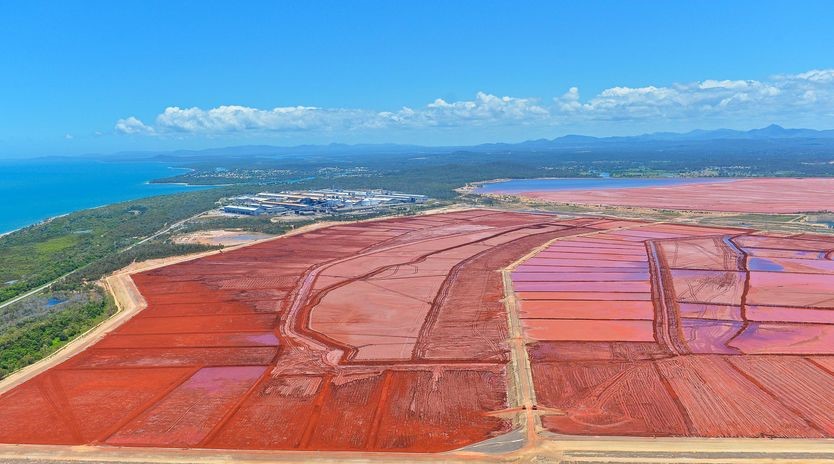

Rio Tinto has disclosed additional information in relation to its global tailings facilities in its website in line with its commitment to disclose information about its practices.
Rio Tinto, in its website, defines tailings as “residues created as part of mining, refining, smelting and water treatment processes. These processes are never 100 per cent efficient, nor is it possible to reclaim all reusable and expended processing chemicals. Tailings are discharged – normally as slurry – to a storage facility, where water is subsequently recovered and recycled back into the operation.”
{alcircleadd}It covers red mud or bauxite residues, spent potlining (SPS), anode butts and other process residues under Rio Tinto’s aluminium operations.

Queensland Alumina Limited (QAL) Red Mud Dam
The latest information disclosure follows the detailed information provided on the company's global tailings facilities in February 2019. Rio Tinto has now released information about the construction, management and monitoring of facilities, including independent reviews.
All Rio Tinto managed facilities are subject to three levels of governance and assurance:
All Rio Tinto managed facilities have an external engineer of record or design engineer. Some of the previously disclosed information has been updated according to the guidance from the International Council on Mining & Metals (ICMM). All facilities have been given a hazard classification in accordance with the regulatory or industry body that oversees tailing facilities.
Rio Tinto has active tailings storage facilities at 26 sites worldwide. The company also has a further five non-managed operational sites and 12 closed and legacy sites.
Responses








